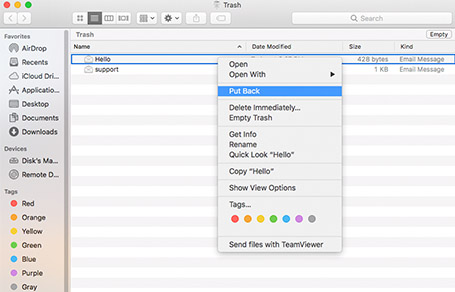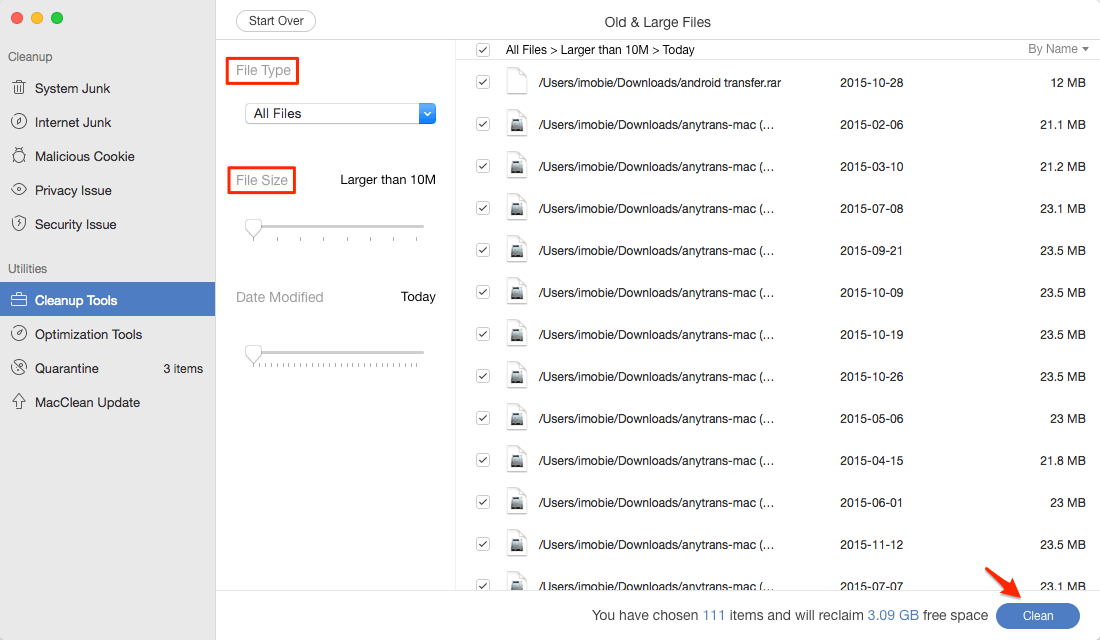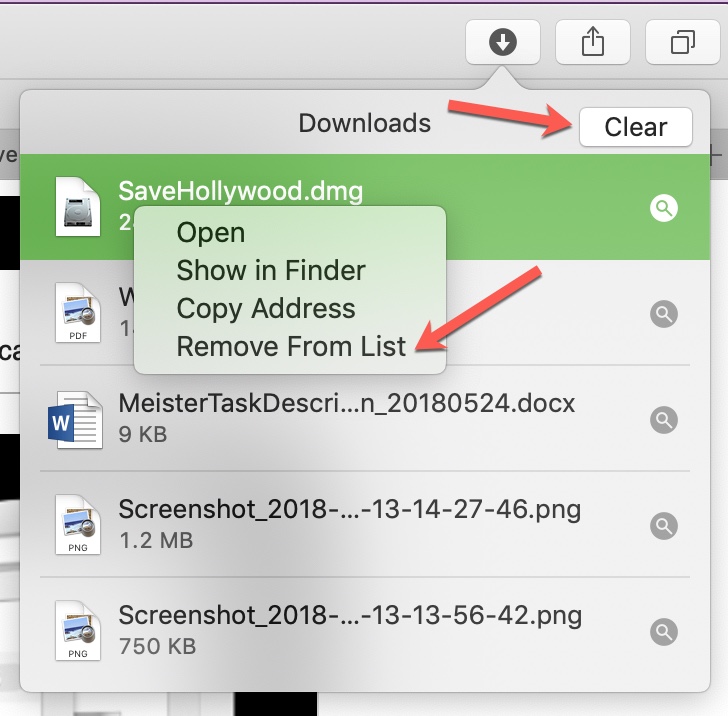The Find My app makes it easy to keep track of your Apple devices. Locate items you’ve attached AirTag to. And keep up with friends and family. It works on iPhone, iPad, and Mac — even if your missing devices are offline. And your privacy is protected every step of the way.
Right-click on the Photos Library.photoslibrary and select Show Package Contents. Open the folder called Masters to view the image files stored in the Photos app. As you can see, Mac doesn't want you to access this folder directly. This is why you can't see the pictures folder on your Mac. Go to and click Free Download. ClipGrab is a free Mac app that lets you save YouTube videos to your computer. ClipGrab is a good alternative to QuickTime because you won't have to sit through the video while it records—you'll just enter the URL and the app does the work. If you saved the file on your desktop, you do not need to go through your home button to access it. You can simply minimize all your windows (Windows key + M or D), and click on it from there. If you have a Mac desktop, a MacBook Pro, a MacBook, or a MacBook Air, these instructions are for you. On your computer, navigate to your. I ran the Updates feature in the App Store on my iMac today, and it reported both a delta (incremental) update to Mountain Liion to 10.8.1, and a full download of the 10.8.1 Combo (4.37GB). After running the delta update, I decided to download the full Combo version, just in case I ever needed to do a full reinstall. If you can’t find your project in your Avery account, check other email addresses you might have used. If you can’t find your project on your computer, search all programs and files for the.avery file extension.
Find your Apple devices.
You take your devices everywhere. Which means you might leave them anywhere. Whether they’re under a sofa pillow or in a conference room, chances are they won’t be lost for long. You can get help finding your iPhone, iPad, iPod touch, Apple Watch, Mac, AirPods, or AirTag right in the Find My app.
See all your devices on a map.
Is your iPad at home or back at the office? Use the map to get a full picture of where your devices are — and where a missing one might be. Some devices can also mark their location when the battery is critically low, to help you find them even if they run out of power.
Compatible with
- iPhone
- iPad
- iPod touch
- Apple Watch
- Mac
- AirPods
- AirTag
Compatible with
- iPhone
- iPad
- iPod touch
- Apple Watch
- Mac
- AirPods
- AirTag
Play a sound to
find your device.
When you can’t find something but think it’s nearby or around others who might hear it, you can play a sound to pinpoint its location. Your AirPods play a specifically designed sound that can project across a room — and even farther.
Compatible with
- iPhone
- iPad
- iPod touch
- Apple Watch
- Mac
- AirPods
- AirTag
Compatible with
- iPhone
- iPad
- iPod touch
- Apple Watch
- Mac
- AirPods
- AirTag
Display a message for someone who finds it.
If your device or AirTag goes missing, you can put it in Lost Mode. That starts tracking its location, sends you a notification when it pings the network, and sets your passcode to protect your data. You can also let people know how to reach you. They can simply view your message on your device’s Lock Screen, or tap your AirTag with their smartphone to get your contact number.1
Compatible with
- iPhone
- iPad
- iPod touch
- Apple Watch
- Mac
- AirTag
Compatible with
- iPhone
- iPad
- iPod touch
- Apple Watch
- Mac
- AirTag
Erase it with ease.
Worried that your device has fallen into the wrong hands? You may want to erase it remotely to delete your personal data and reset your iPhone, iPad, iPod touch, Apple Watch, or Mac. If you retrieve it, you can restore your data from your iCloud backup.
Compatible with

- iPhone
- iPad
- iPod touch
- Apple Watch
- Mac
Lock it down. Automatically.
Activation Lock is designed to prevent anyone else from using or selling your device.1 When you enable Find My on your device, Activation Lock is turned on automatically. Your Apple ID and password will then be required in order to erase or reactivate your device.

You can even find devices that are offline.
If your missing device can’t connect to the internet, the Find My app can still help you track it down using the Find My network — hundreds of millions of iPhone, iPad, and Mac devices around the world. Nearby devices securely send the location of your missing device to iCloud, then you can see where it is in the Find My app. It’s all anonymous and encrypted to protect everyone’s privacy.
AirTag can help you find just about anything.
Misplaced your keys? Forgot your purse? If they have AirTag attached, they won’t be lost for long. The Find My network can help you track down items on a map. You can play a sound on your AirTag to find something hiding nearby — you can even get the distance and direction to your AirTag with Precision Finding.2
Find your friends.
Invite friends and family members to share their locations. So you can keep in touch with one another, coordinate around an event, or know when a family member has arrived home safely.

See where everyone is on a map.
When you share your location with friends, it’s easier for you to find each other and stay connected. Share your location for an hour, a day, or indefinitely — it’s up to you.
Know when they leave. Know when they arrive.
If you like, you can get notifications when your child arrives at school or a family member leaves work. Notifications are easy to set up, and each person gets the choice to opt in. So everyone’s privacy is respected.
What else can Find My find?
Find My technology can now be built into all kinds of things — like bikes, headphones, and more. So anything that works with Find My can be added right next to all your Apple stuff in the Find My app.
Everyone’s location data stays private.
Just like every Apple product, Find My is designed to put you in control of your data. Location information is only sent to Apple when you actively locate your device, mark it as lost, or enable Send Last Location. Data is encrypted on Apple’s servers and kept for no more than 24 hours. And when the Find My network is used, everyone’s information is kept private — even from Apple.
Resources
How to
share locations with friends and family
Lesson 21: Installing Software on Your Mac

/en/basic-computer-skills/installing-software-on-your-windows-pc/content/
Installing software on your Mac
Your computer allows you to do some really amazing things. Digital photo editing, sophisticated computer gaming, video streaming—all of these things are possible because of different types of software. Developers are always creating new software applications, which allow you to do even more with your computer.
Installing from a CD-ROM
From the mid-1990s through the late 2000s, the most common way to get new software was to purchase a CD-ROM. You could then insert the disc, and the computer would walk you through through the installation.
Now, almost all software has moved away from this model. In fact, Apple no longer sells computers that include a CD-ROM drive.
Installing software from the Web
Where Are My Downloads Folder
Today, the most common way to get new software is to download it from the Internet. Applications like Microsoft Office and Adobe Photoshop can now be purchased and downloaded right to your computer. You can also install free software this way. For example, if you wanted to install the Google Chrome web browser, you could visit this page and click the Download button.
The installation file will usually be saved to your computer in the .dmg format. Pronounced dot d-m-g, this is the standard extension for installation files on Mac computers. You can follow the steps below to install an application from a .dmg file.
- Locate and download a .dmg file.
- Locate and select the .dmg file. (It will usually be in your Downloads folder.)
- A dialog box will appear. Click and drag the icon to your Applications folder.
- The application is now installed. You can double-click the icon to open the program.
- On the desktop, there will probably be a disk drive icon with the name of the application. This is known as a volume, and it is not needed after the application has been installed. You can simply drag it into the Trash on the dock.
Some applications will use the .pkg extension instead of .dmg—in this case, you can simply follow the instructions to install the software.
Tips for finding software
In our experience, the easiest way to find new software is to search the Web. For example, if you were looking for a way to edit some personal photos on your computer, you could run a Google search for free photo-editing software. If you're not exactly sure what kind of software you're looking for, try describing the tasks you want to complete. For example, if you wanted a way to create to-do lists and organize your appointments, you might search for something like free calendar organizer software.
Where Do I Find My Downloads On A Mac Os
The Mac App Store
If you're using macOS, you can download and install software from the Mac App Store. The Mac App Store is meant to simplify the process of locating and installing software from third-party developers—when you find an app, you won't have to do any extra work to install it.
/en/basic-computer-skills/uninstalling-software-from-your-windows-pc/content/